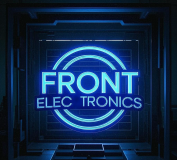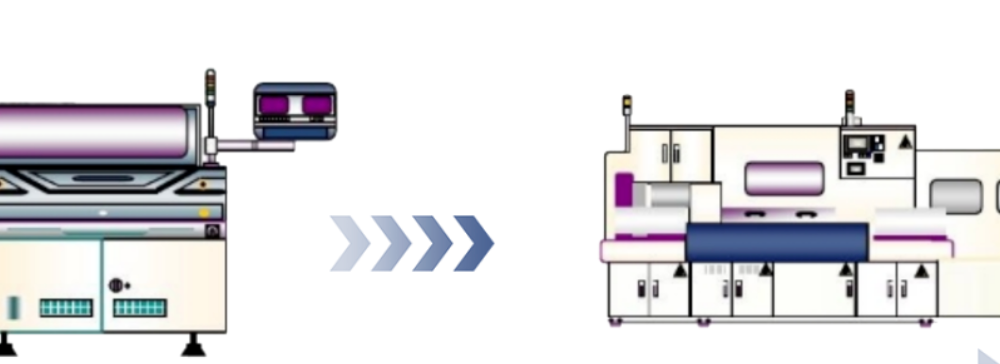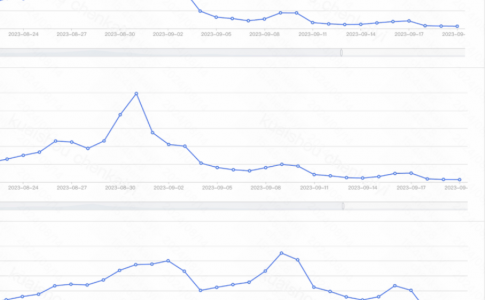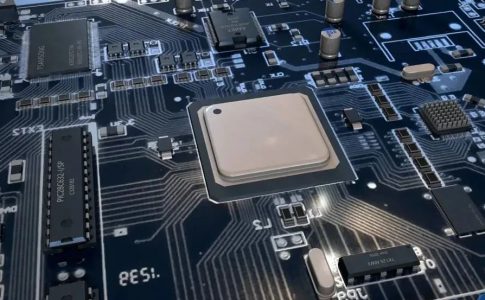PCBA, which stands for Printed Circuit Board Assembly, is a crucial part of electronic product manufacturing. It involves combining the Printed Circuit Board (PCB) with various electronic components to form a complete electronic assembly. This process can be likened to a form of precise “assembly art,” where every step requires accuracy and attention to detail.
1. Material Preparation
Firstly, it is necessary to prepare the PCB and the required electronic components, including resistors, capacitors, inductors, diodes, integrated circuit (IC) chips, etc. These components are like the “building blocks” of the electronic assembly.
2. Surface-Mount Technology (SMT)
SMT is one of the most commonly used technologies in PCBA. It involves attaching and soldering tiny components onto the surface of the PCB. This process consists of several steps:
-
Solder Paste Printing: Using a specialized solder paste printer, solder paste is precisely applied to the designated locations on the PCB.
-
Component Placement: Components are accurately placed onto the solder paste by machines.
-
Reflow Soldering: The PCB is passed through a high-temperature oven, where the solder paste melts and secures the components in place.
3. Through-Hole Technology (THT)
For larger components, such as electrolytic capacitors or transformers, THT is usually employed. This involves inserting the component leads into holes in the PCB and soldering them on the opposite side.
4. Inspection and Testing
After assembly, the PCBA needs to undergo detailed inspection and testing to ensure that all components are correctly soldered and that the circuit functions properly. This includes visual inspection, Automatic Optical Inspection (AOI), functional testing, etc.
5. Cleaning
To ensure the long-term stability and reliability of the PCBA, it is often necessary to clean the completed board to remove residual solder flux and other contaminants.
6. Final Assembly
Finally, the PCBA is assembled with other components, such as enclosures, connectors, etc., to form the final electronic product.
7. Quality Assurance
Quality assurance is essential throughout the entire PCBA process. This includes precise control over materials, processes, and appearance to ensure compliance with international standards.
PCBA Assembly Process Flowchart
Through these steps, PCBA not only combines the PCB and electronic components but also ensures the performance and reliability of the electronic product. It is a key step in transforming electronic products from design to finished goods, reflecting both the technology and artistry of electronic manufacturing.





No comments